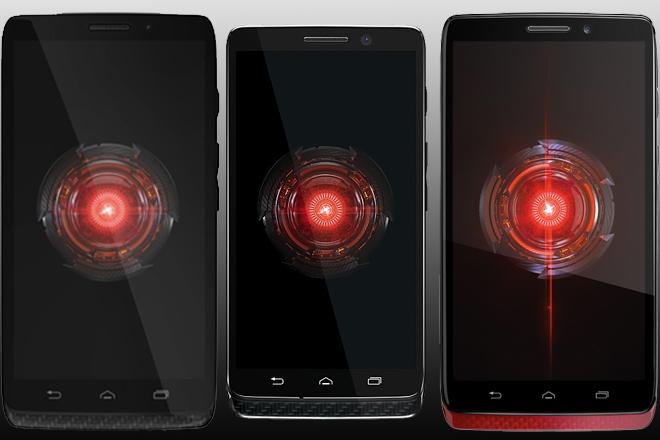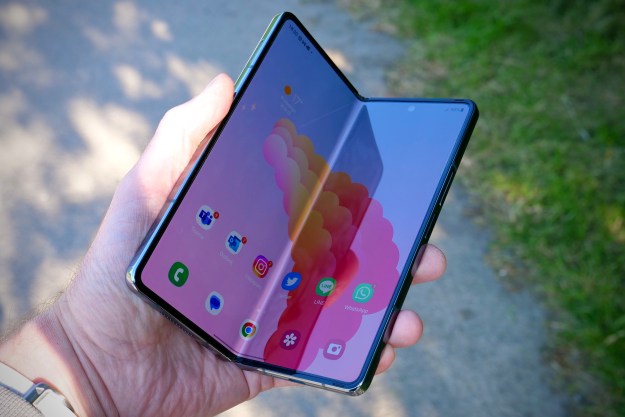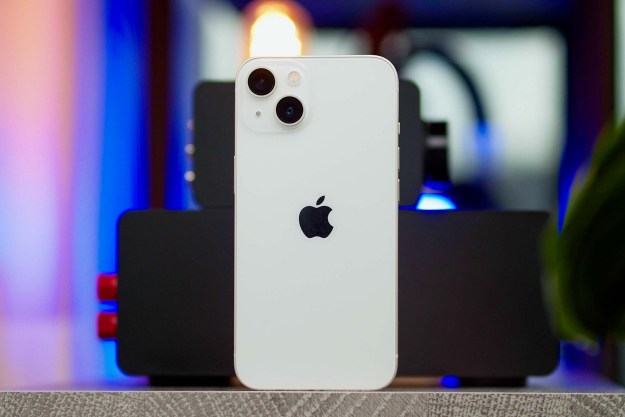
Verizon subscribers are getting a whole new line of Droid devices from Motorola to consider this summer. Today, the company announced the Droid Mini, Ultra, and Maxx – three very similar devices with their own little quirks. The Mini, as expected, is the smallest of the three with a 4.3-inch screen but manages not to lose anything when it comes to the internals. The Ultra is the thinnest of the three, while the Maxx adds a bit of thickness to fit in it’s stand out feature: a battery that can get an absurd 48 hours of life. They are all priced to be competitive in their respective tiers, but which one is right for you? We take a look at the three in a spec showdown to help you choose.
If you’re still having a tough time deciding just by looking at the internals, well, us too. All the devices are very similar, with everything from the cameras to the processor being the same. All three devices have 720p displays, and though the Mini is 4.3-inches compared to the 5-inch screen of the Ultra and the Maxx, it’s also the cheapest without losing anything but those tenths of an inch. All three also carry the ability to use Motorola’s new Touchless technology, allowing you to get a hands off experience with the phones as well. So how do you make your decision if you’re choosing between these handsets? Take the Mini if you’re looking for a little more portability, the Ultra if you like a well-priced, powerful phone, and the Maxx if you need an extra reliable device that isn’t going to die on you midday.
The Droid Maxx also has 32GB of internal file storage and wireless charging, while the Mini has an LCD screen as opposed to AMOLED. The difference between AMOLED and LCD can be minimal, but AMOLED screens tend to be more vivid and have deeper blacks, while LCD screens have more accurate color.
All three devices will be available at Verizon come August 20, so you’ll have some time to decide.





